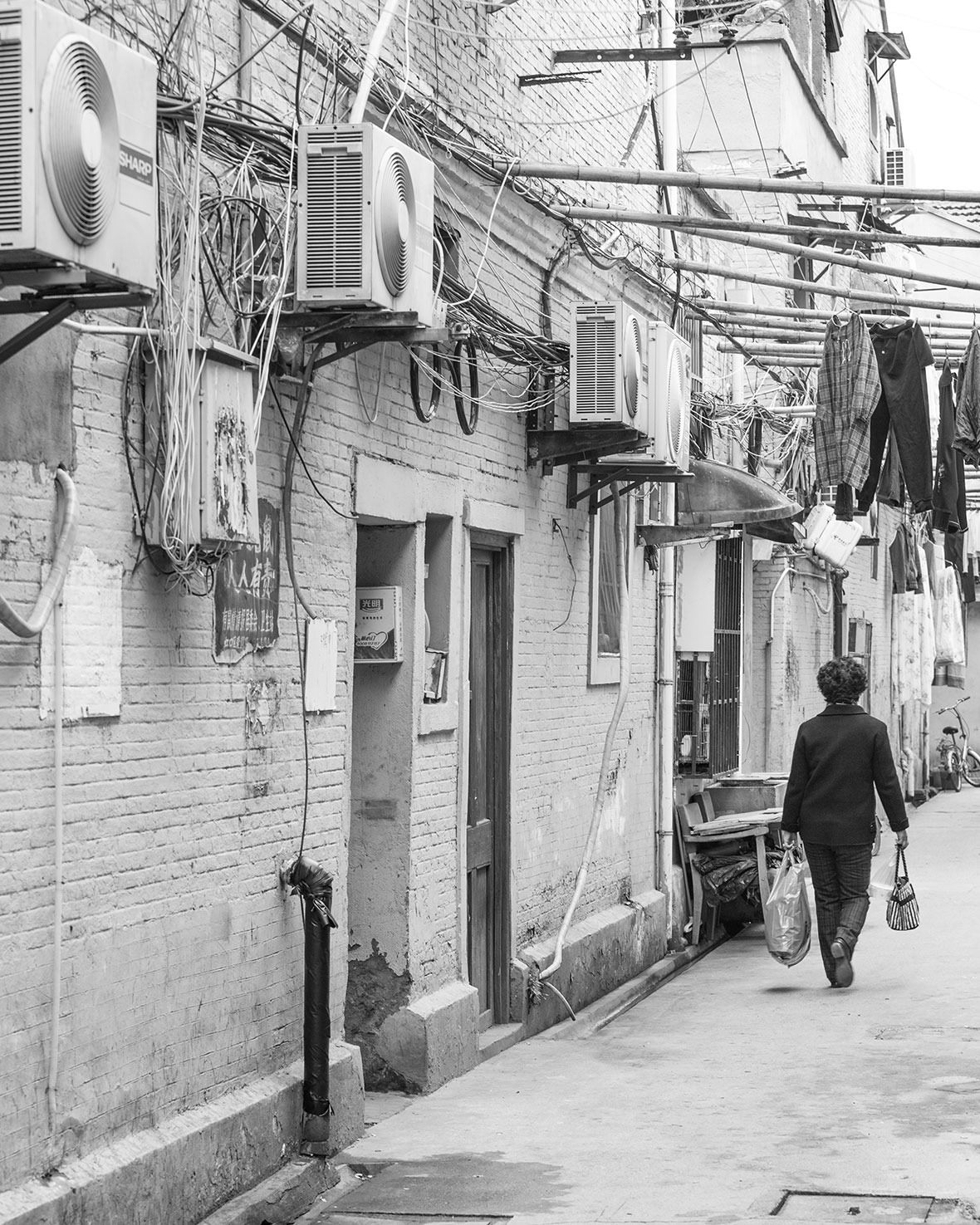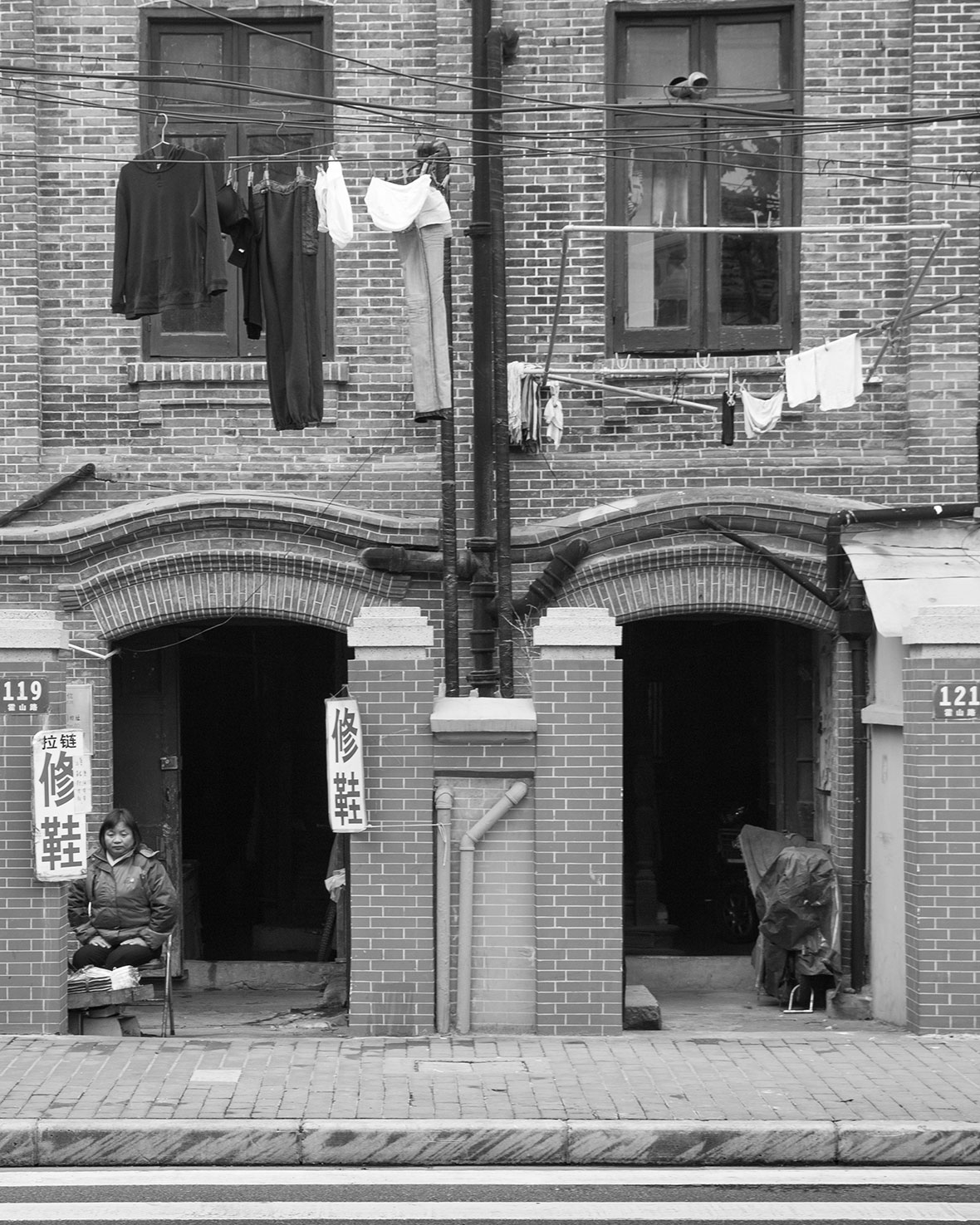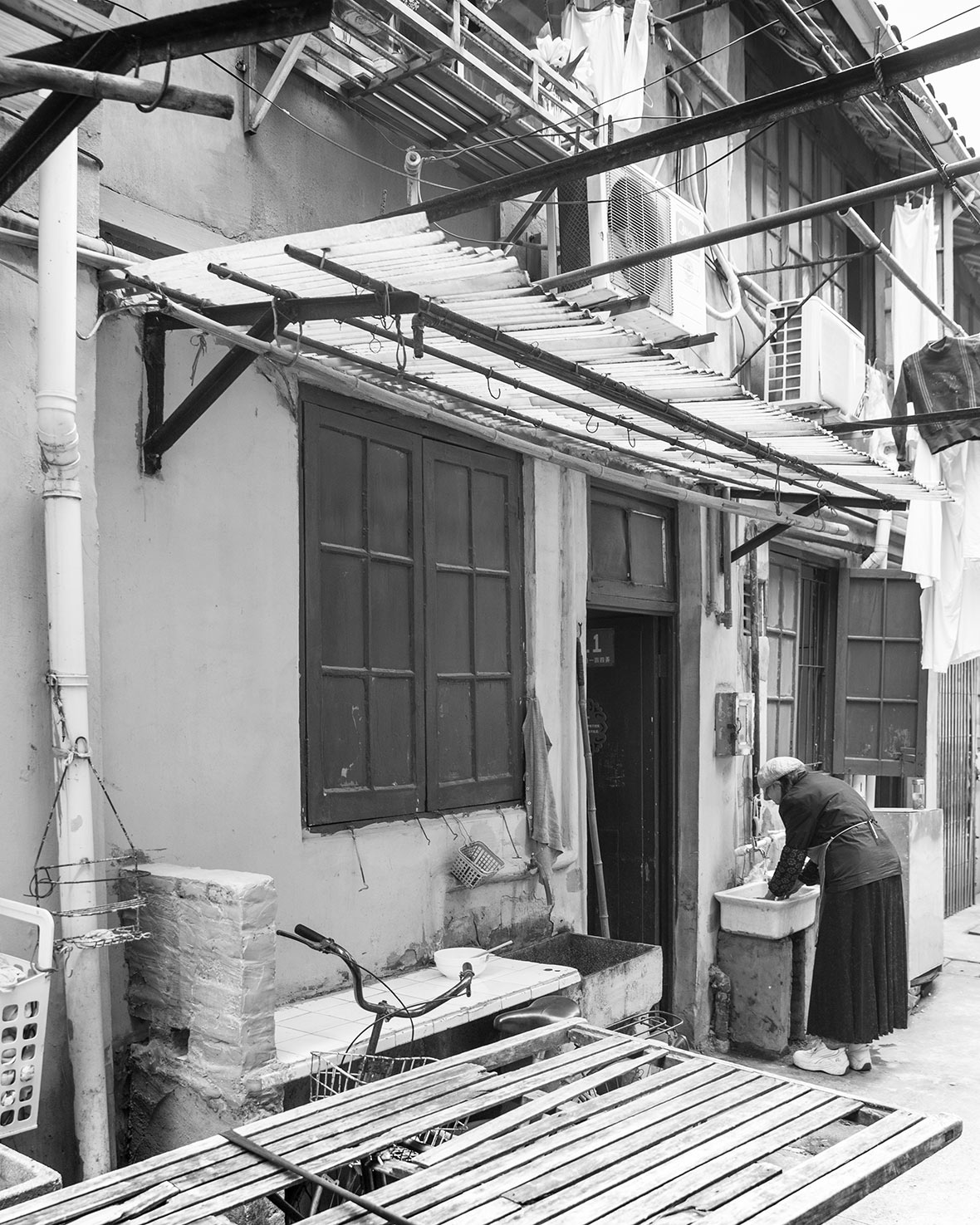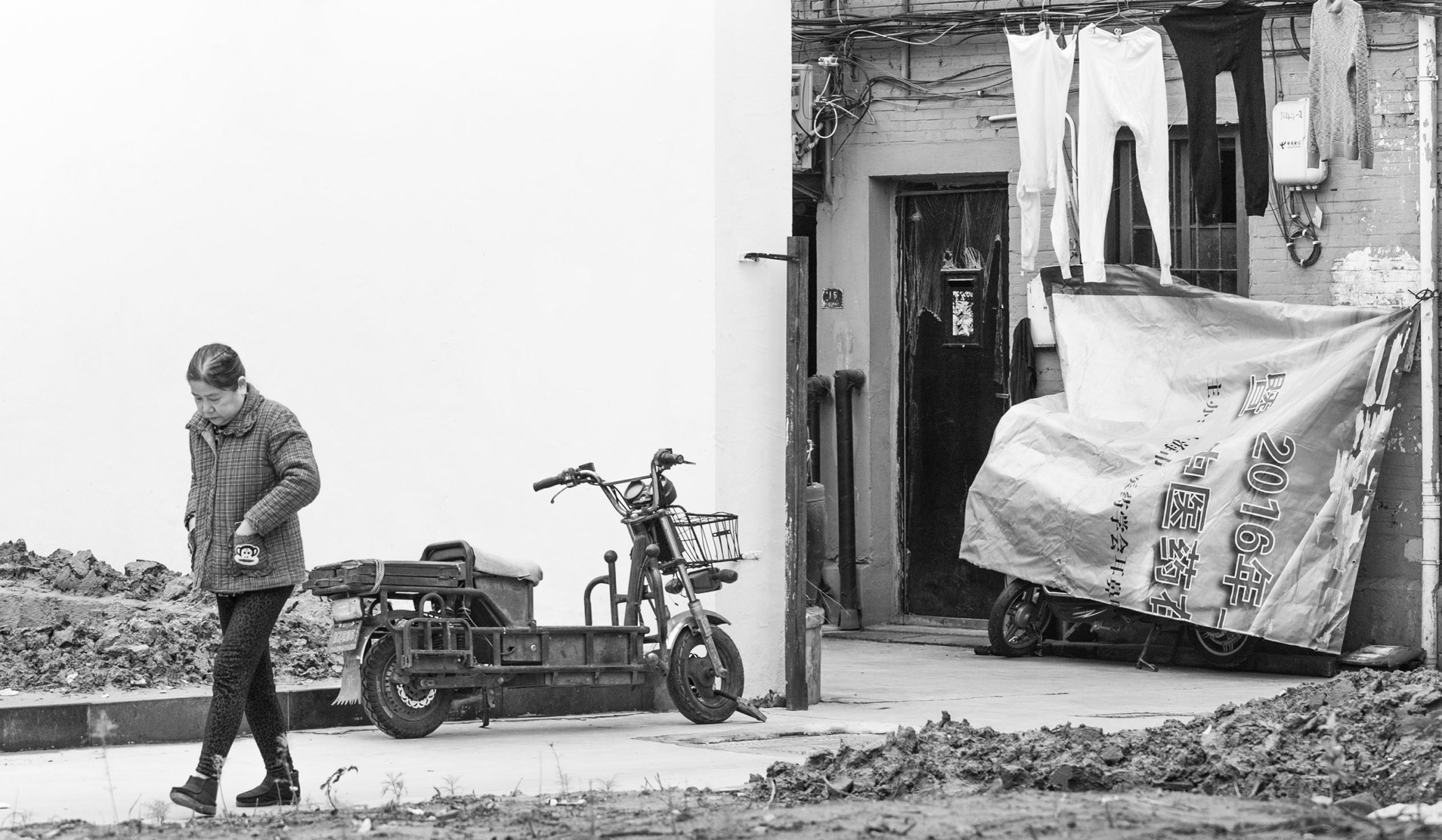Ticking off the tourist checklist is never the most rewarding part of a photographic journey. It’s visiting the places you’ve never heard of before – the hidden alleys of a city that reveal life as it is for the people who live there. Sometimes, these places unveil an unexpected piece of history as well. The former Shanghai Jewish Ghetto is one of these places.
When you enter the streets of Hongkou in northern Shanghai, it may look like any other older residential area in Shanghai. But there’s a story to this place. What few people know, is that this bustling Chinese metropolis was one of the last safe havens for Jewish people who fled Nazi Europe in the 1930s and early 1940s. Located between thousands of little houses and shops, there is an area of approximately one square mile that hosted a community of over 20,000 refugees: the former Shanghai Jewish Ghetto.



By the end of the 1930s, European Jews were desperate to find destinations open to Jewish immigration. At the Évian Conference in 1938, the world’s largest nations failed to come to an agreement on the immigration of Jewish refugees, leaving them few escapes as the Nazis started their genocide. Shanghai remained one of the few places where you didn’t need a visa. Thousands of Jews took shelter in the Chinese city.
But life in Shanghai was no fairytale either. By 1943, the majority of Jews were forced into the “Restricted Sector for Stateless Refugees”, an area which was cordoned off by the Japanese who occupied the city. This area would become known as the Shanghai Jewish Ghetto. The Jewish refugees shared the ghetto with 100,000 local Chinese residents, making it one of the most crowded parts of the city. Most residents lived in shabby apartments, with as many as 30 sharing a room.
Shanghai was one of the last safe havens for Jewish people who fled Nazi Europe in the 1930s and early 1940s.
At the heart of the ghetto was the Ohel Moshe Synagogue, which was built by Russian Jews in 1927. While the facade of the building has been left untouched, the interior is now a museum: the Shanghai Jewish Refugees Museum. A wall of Jewish names serves as a reminder of the area’s history.

Much of the former Shanghai Jewish Ghetto has now disappeared. A few apartment buildings have been preserved. Almost all Jewish residents left the area following the liberation by the Chinese army in 1945 and the establishment of the State of Israel in 1948.
Still, the former Jewish quarter and its surrounding alleys give you a glimpse of what life must have been like decades ago. Huge numbers of Chinese people still live here in less than prosperous conditions – crowded together, with families sharing kitchens and toilets.
Walking through these run-down alleys with my camera, I was reminded that we often take a lot of amenities for granted in the West. And if we don’t take the time to reflect on our own past once in a while, we might forget that it has left its traces in faraway corners of the world.



How to get to the former Shanghai Jewish Ghetto
Take subway line 4 and get off at Dailan Road Station. It’s a 5-10 minute walk to the former Shanghai Jewish Ghetto, which is located on Zhoushan Road and Huoshan Road, in southern Hongkou. I recommend visiting the surrounding residential areas as well – they give you a good impression of daily life in the older parts of Shanghai.
Where to find the Shanghai Jewish Refugees Museum
The Shanghai Jewish Refugees Museum is located at 62 Changyang Road, near Zhoushan Road. Don’t expect to see a lot (it’s a small museum), but it’s worth a visit if you’re interested in the local history.

Subscribe to receive new stories like this in your mailbox
Reflections on life, art, and creativity – inspired and supported by photography.
I care about your privacy. You can unsubscribe at any time.
2 Comments
Add comment Cancel reply
This site uses Akismet to reduce spam. Learn how your comment data is processed.
Always a sad story when we think about Jewish.
Rejane (from Instagram direct)
Yes Rejane, it’s a tragic history, and hopefully it will be remembered for generations to come.